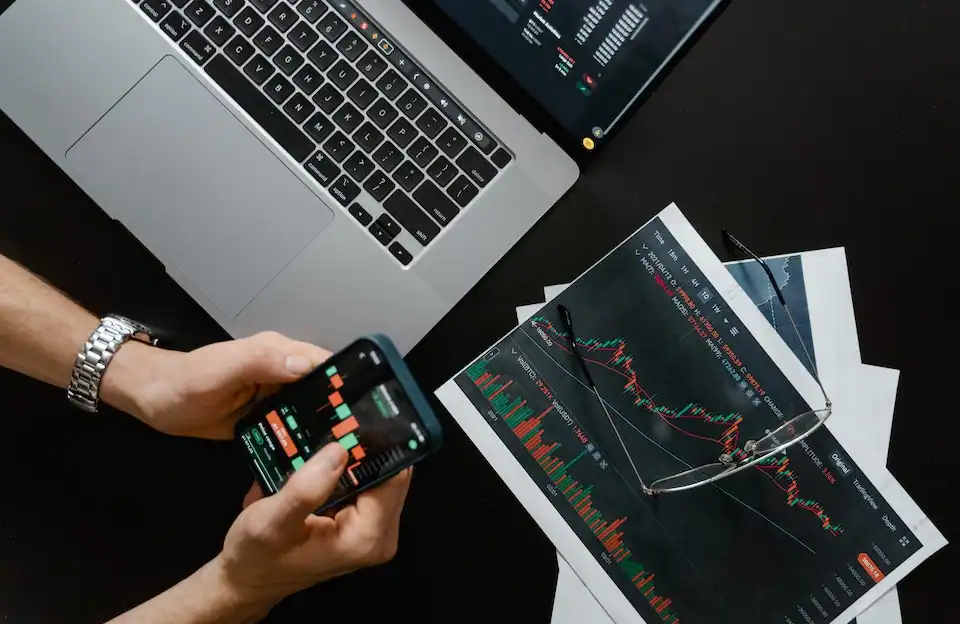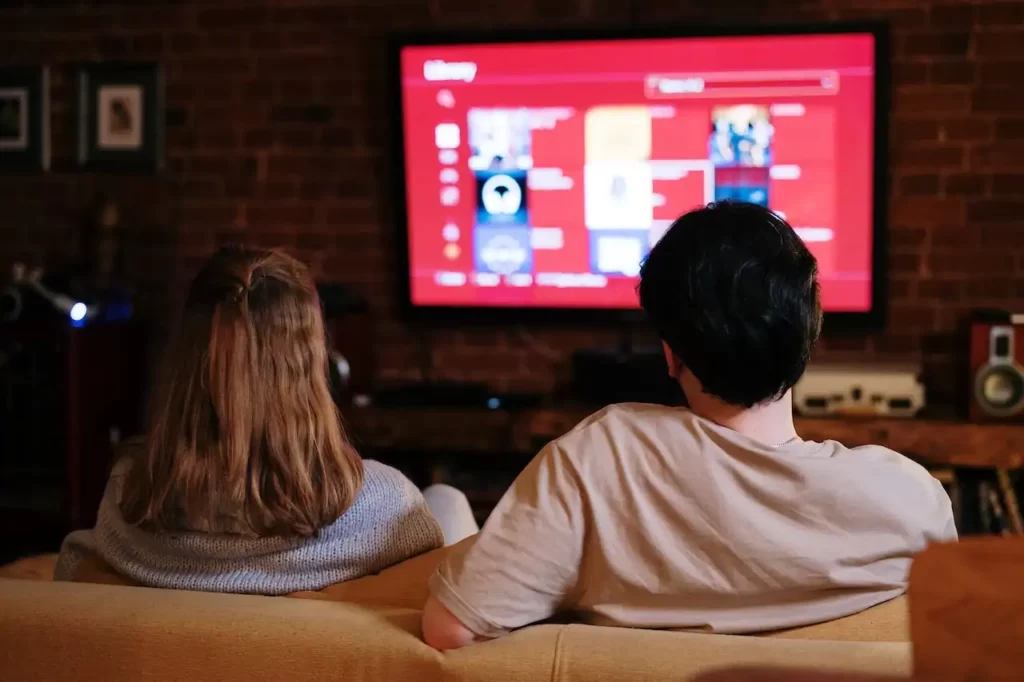There are many ways to connect your phone to the projector. You can use an HDMI cable or you can use a VGA cable. This way, you can share photos, videos, and presentations with your friends and family. But how do you know which one is right for you?
If you want to learn how to connect a phone to the projector via USB, then you will need to know what you will do. So, let’s go through how to do this.
What you’ll need to Set Up
You will first need to necessary devices or cables that will need to connect a phone to a projector:
- A Smartphone
- A Digital Projector
- Cables or Connectors (as per projector support)
Identify the Connection Ports of the Projector
If you want to connect your phone to the projector, you need to first identify the connection ports of the projector. There are different types of projectors and come with many connectors, including HDMI, VGA, and USB. If you are planning to connect your phone to the projector via USB, first check whether your projector has a USB port.

USB
USB is a common interface that enables the communication between devices. It is used in many devices including projectors, computers, cell phones, tablets, and digital cameras. It is used to connect mobile devices to a projector or TV.
There are different types of USB ports. You may find that some projectors only have micro-USB ports while others have a standard type. Many portable devices use standard-type USB ports.
You will have a hard time connecting anything to a micro-USB port since it is much smaller than a standard USB port. You will also have to make sure that the cable fits in the port to connect your device to the projector.
HDMI
An HDMI port is a connector that is used to connect a computer or a smartphone to a television. It stands for High-Definition Media Interface. It can accept video signals, audio signals, data signals, and power.
If you connect a device that has an HDMI port, you can use the HDMI port to transfer video, audio, data, and power to the projector.
Many modern projectors can use HDMI ports to receive video signals. It is possible to connect a smartphone, computer, or cable box to your projector and watch movies or play games on the big screen. This is especially useful if you have to watch movies at your home.
You can also play games on your projector if you want to amuse yourself during a boring meeting. If you are going to use the projector as a gaming device, you will need to make sure you have a strong enough Wi-Fi signal to work properly.
VGA
VGA is one of the most common standards for computer monitors and projectors. Its stands for Video Graphics Array. These days, you will hardly find any projectors that don’t support VGA.
VGA is widely used because it is compatible with nearly every projector, computer monitor, and projection television. You will need to USB-C to VGA adapter to connect a Phone to The Projector.
Get the Right Cables & Connectors
If you’re going to use a projector, a cable will be required to connect your phone to it. But, what you need is not just any cable, but a cable that has the correct connection.
For connecting a phone to the projector, you’ll have to buy an adapter. These days, some high-end projectors have built-in USB ports.
There are also adapters (or converters) that you can buy separately. You can find them at almost any electronics store. There are different types of adapters. Some of them have a barrel shape while others have a rectangular shape.
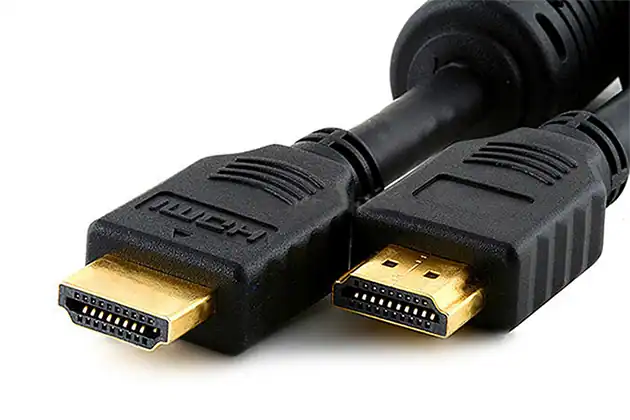
You can connect your phone to the projector via HDMI as well. If you are using the HDMI connection, you will have to buy an HDMI to USB cable.
Let’s have a look at some adapters or connectors.
USB-C to HDMI Adapter
You will rarely find a smartphone device bearing an HDMI port. But many smartphones usually have an inbuilt USB-C port and you can easily connect the USB-C port to the HDMI using the right cable for that purpose. HDMI remains the standard for Projectors and HDTV content today. The HDMI ports are connected to the AV source via an HDMI cable.
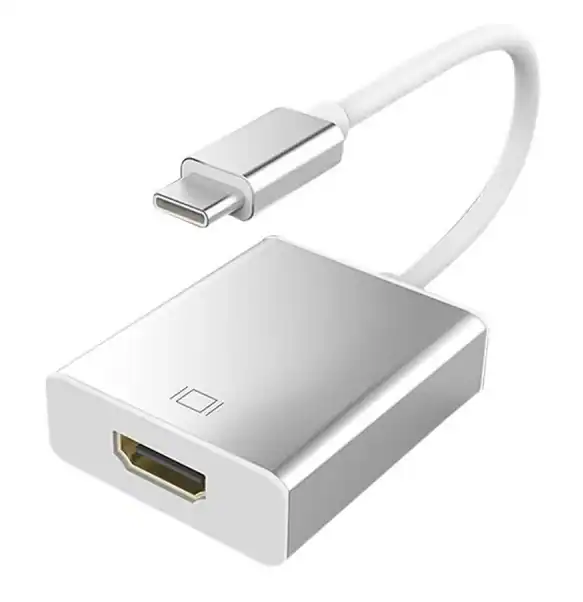
To connect your smartphone to the projector, you can connect the USB-C port to the HDMI port by using the right cable.
USB-C to VGA Adapter
If you want to watch movies on a projector, you can use a USB-C to VGA adapter. This will allow you to connect your USB-C enabled smartphone to the projector using a cable. To connect a USB-C port to a VGA port or a projector, you will need a USB-C to VGA adapter.

This way, you can connect your phone to the projector. The video and audio signal will travel through the VGA cable. Once you connect the phone to the projector, you will be able to see the images on your phone projected on the screen.
USB-C to USB-A Connector
If you want to connect your phone to a projector having USB-A ports, you will need to use the USB type C to USB type A adapter. This adapter is called USB-C to USB-A.
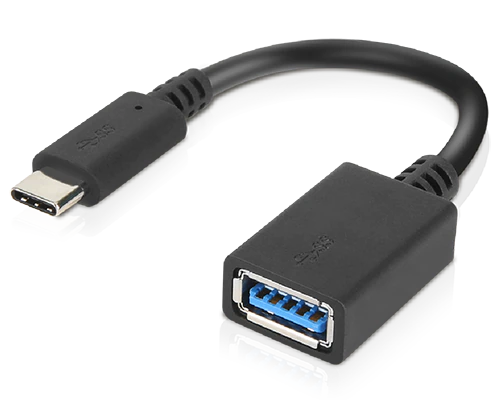
If you need to use this adapter, you should check the power supply first. This is to make sure that your device is connected to the right source. Then, you should plug the adapter into the Micro USB port on the projector and into the power port on the mobile device.
Make sure that you have the same adapter with you when you connect your device to the projector. This type of adapter is available at an electronics store. This type of adapter can be found online at an e-commerce website.
Check the Phone Compatibility
A projector is a great device because it has a lot of features and you can use it in a lot of ways. You can use it to show presentations to large groups of people or to display images and videos.
If you want to watch movies on a big screen with good image quality, you can do that. You can also connect your phone to a projector and watch movies on it. This will give you the chance to watch movies in bed without waking up the rest of the family.
If you want to use your phone with your projector, you should know about the different types of connections your phone can handle.
Before connecting a phone to a projector, you will have to check the compatibility of the phone and the projector and make sure that the phone has some functions to connect to the projector.
You can download and install a Mirror Cast app like AirDroid Cast or Google Home on your phone so that you can cast your phone’s screen with a projector
How to Connect a Phone to The Projector via USB?
This is an easy way to connect a phone to the projector via USB and play movies and videos. The following instructions will show you how to connect a phone to a projector via USB.

5 Simple Steps:
Step 1. Phone Setup:
Turn on the phone and unlock the screen. You should be sure that your phone is connected to a Wi-Fi network and that the Internet service is turned on.
Step 2. Projector Setup:
You will have to turn on the projector too. Next, locate the USB port on your projector. It will likely be located on the back or side of the device.
Step 3. Identify the right cable or connector:
Next, you will have to identify the right cable or connector. Make sure that you use the right USB cable or connector for connecting the projector and the phone.
Step 4. Hookup the Cables:
Now, you should be able to connect the two devices with the help of a USB cable. The cable has a connector at each end. The plug at one end of the cable goes into the USB port on the phone. You should also plug in the other end of the cable into the USB port on the projector.
Step 5. Do some Settings & You are Good to Go:
Once connected, Tap on the phone’s “Settings”. Now tap on “Port Settings” under “Device Management”. Once you are there, turn on “USB debugging”. Now that you have connected your phone to the projector, you are good to go. You can cast your movie into the projector and start playing it on a big screen.
Read More:
FAQs
Can I connect my phone to Projector with USB?
Yes, You can connect my phone to Projector with a USB using USB-C to USB-A and “USB-C to HDMI” or “USB-C to VGA” adapters. You can use a USB-C to HDMI adapter if your phone supports this type of adapter. This will allow you to charge your phone while watching movies and playing video games.
Do projectors have an HDMI port?
The HDMI association is one of the well-known options for the transfer of data. Practically all advanced Projectors and TVs include HDMI ports. Most PCs have HDMI, and it is turning out to be more pervasive on PCs, even those without a very good quality video card.
How to connect an Android phone to projector via HDMI cable?
Connecting your Android phone to a projector isn’t very complicated. You can do it using a Mini-HDMI to HDMI cable. If you are using a Samsung Galaxy S phone, the Samsung Galaxy S10, or the Samsung Galaxy Note 10, you may have a Mini-HDMI port on the rear of the device. To connect to the projector, you will need an HDMI to VGA adapter.
How do I connect my projector without HDMI?
You can connect the projector to external devices with a VGA port. This is a wired method and you will require a proper VGA cable. But if you want to connect your projector wireless, The easiest way to do this is to use a wireless connection called Miracast.
This will help you to transfer content from one device to another. If you use Miracast, you won’t need any wires to connect the two devices.
How to connect phone to projector via Bluetooth?
It’s possible to connect the phone to the projector using Bluetooth. Most smartphones and tablets have Bluetooth and so does advanced projector. There are plenty of apps that can help you connect your phone to the projector via Bluetooth. For example, you can use the Google Chromecast app or the Apple Airplay app.
The Bottom Line
In short, a projector is a great way to enjoy your movies or TV shows with friends and family. As you learned in this guide, you can now connect a projector to your phone using a USB cable. The USB method is easier and cheaper than the HDMI method. So if you want to connect a projector to your smartphone, then the USB method is the best way to do it.
Images Credit: https://www.pexels.com/
As an experienced Software Engineer in a Projection-Based Technology Company, I love sharing my Knowledge to utilize and help others to learn more about Projectors. Thus one can get the right Projector for their needs.

